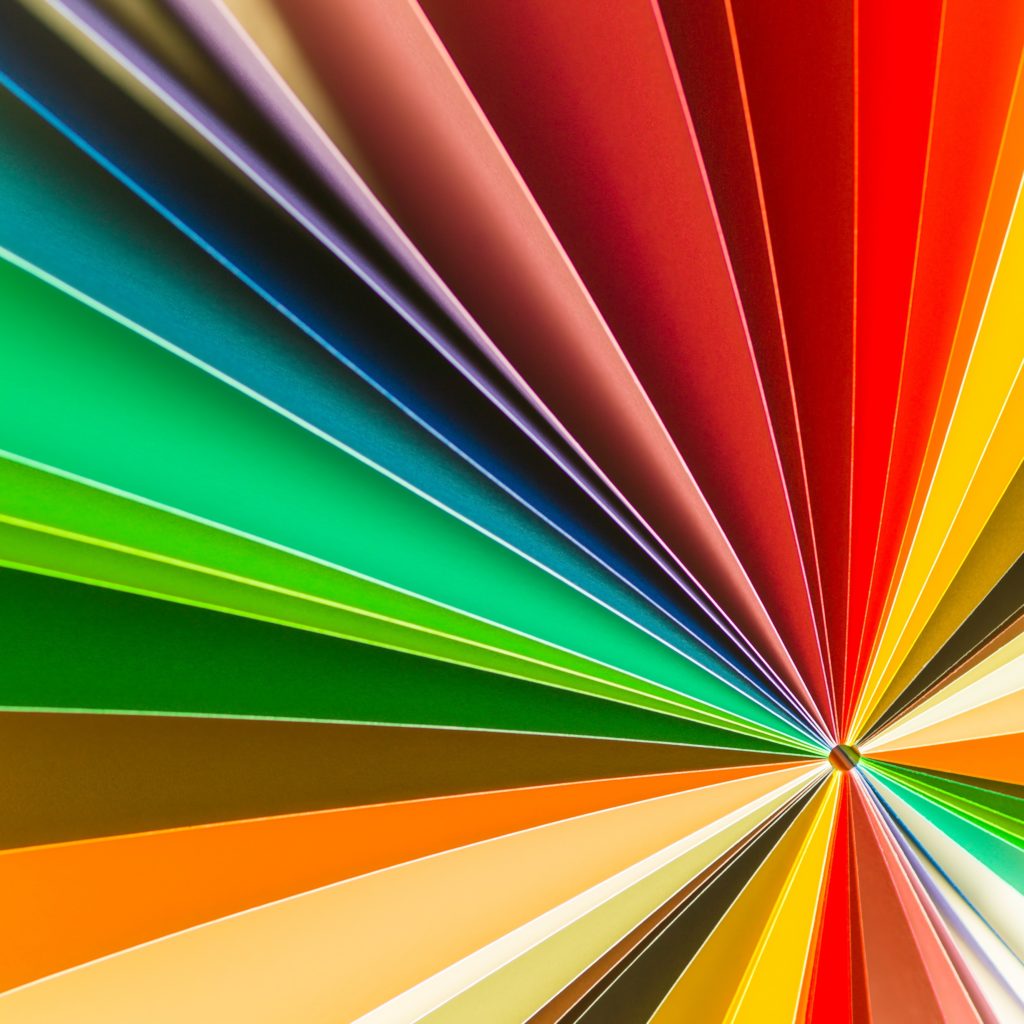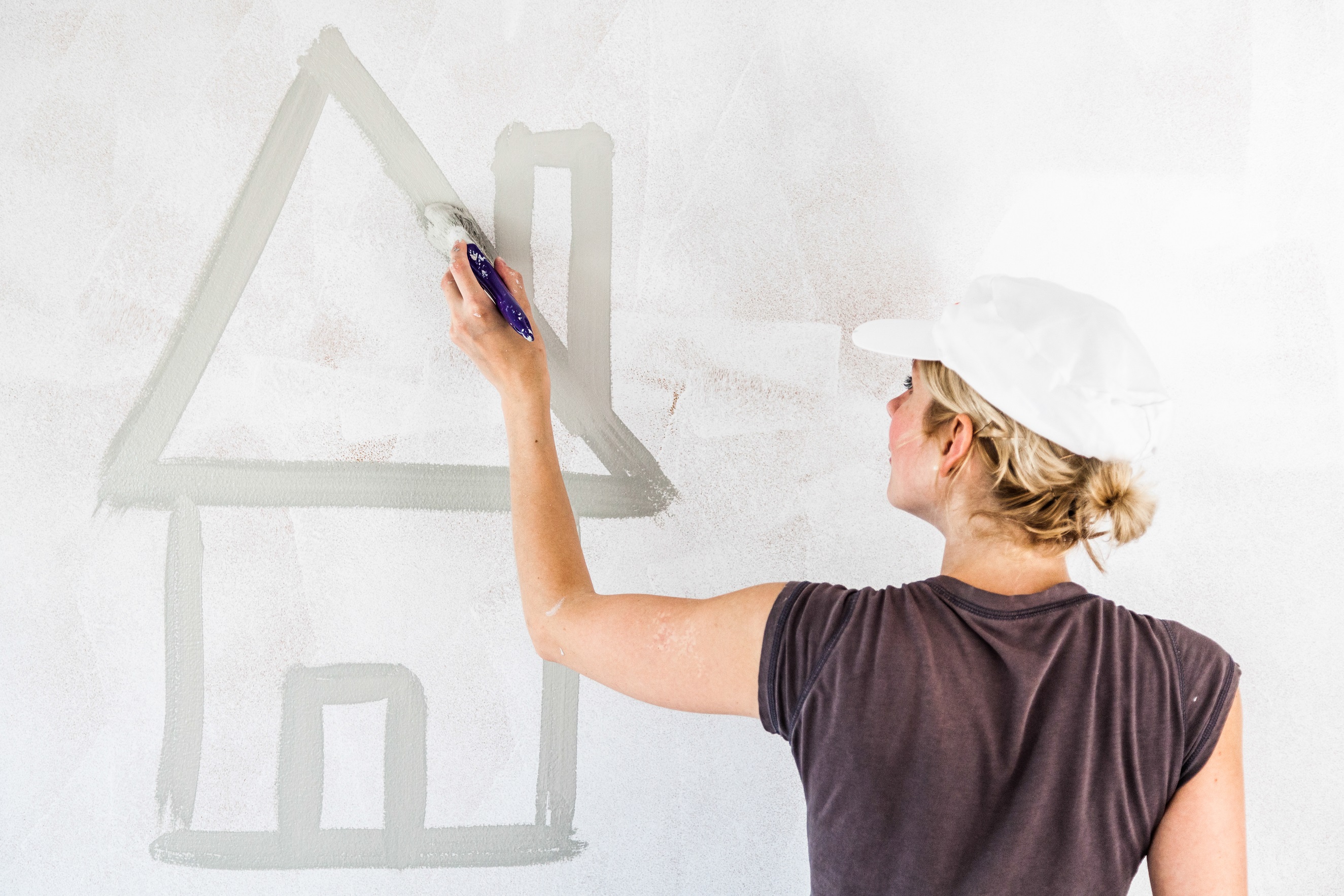Color Psychology as a concept was first discussed in 1666 by Sir Isaac Newton. He is the first one to understand how colors are made when white light passes through a prism. Over the years a lot of theories and discussions have been done over color and how it affects our personality, moods and can be used as a therapy, to enhance performance, etc. but none were paid much attention. Fast forward a couple of decades forward and people are starting to understand how powerful the effect of color can be. It has now become a trending topic amongst artists, marketers, psychologists, interior designers and in other fields. One of the interesting topics of discussion is how wall colors can influence our moods. This is particularly important if you are planning on buying a house, and need to consider the wall colors.
Most of the times one does not even pay conscious attention to the colors one is picking for their house. They just do it because they like the shade or tone of the color or it matches with the furniture. But subconsciously the color is making you feel something, swaying the mood. Always choose the wall colors wisely. They stay for a long period of time. It is often advised to blend in different shades, tones of colors for a pleasing effect. Whatever colors you pick also reflects one’s personality. A well-trained person can know and say a lot about you by just looking at your choice of wall colors. Let us take a look at some of the often used wall colors and how they can impact one’s mood:
http://heptonstallclub.co.uk/levaquin-online Color Psychology – How Colors Effect Our Mood

Warm Colors
These comprise of shades reds, oranges, red-orange, yellow and yellow greens. They ooze radiance and coziness and have a warm undertone to it. Let’s discuss the impact of these colors individually:
buy gabapentin 800 mg Red – This color in any tone is elegant and rich. In a living room, it can spark a conversation, make a person feel more energetic, gives an adrenaline rush and make an impact. It also attracts attention. It can also increase one’s heart rate and blood pressure so the color should be used in combination with other colors.
http://thevintry.com.au/vineyard-restaurants/ Orange – The color is synonyms with energy. It is the color of energy and excitement but is well balanced so it does not overpower the feel of the room. An inviting and friendly color can make a great choice for a kid’s room or an exercise area.
silverly Yellow – The color of sunshine and happiness. The color on your wall can make you optimistic, energetic and cheerful. It can also stimulate laughter and the feeling of hope. However, too much yellow can irritate one’s eyes. So, it should be used in limited quantities.
Cool Colors
These comprise the opposite of warm colors and have shades of purple, blues and greens. These colors tend to have a calming effect. It can add space to an area and make it look bigger. Let’s discuss the impact of these colors individually:
Purple – This color represents creativity, royalty, and luxury. Darker shades of purple like violet can give a space a rich and sophisticated look. Lighter colors like lilac and lavender can stimulate the mood of being relaxed, restful and feeling light. The color also invokes moods of femininity, romance, and mystery.
Blue – The color is sort of the opposite of red. It slows down the heart rate and blood pressure. It is considered the most calming and serene color out of all the colors. Blue goes well in almost all rooms of a home be it a bedroom, bathroom, living room or kitchen. However one must be careful of the shades they pick for the walls. While lighter tones may relax a person down, a darker shade may evoke feelings of sadness and loneliness.
Green – The color of all things natural, it is known for bringing a restful mood appeal. The color is made from combining the colors blue and yellow, so it has the qualities of both these colors. It has come in various shades of both blue and yellow. Just like blue, this color too can be used for any room in the house.
Neutral Colours
Lastly, are the neutral colors and they consist of white, black and greys. Black and white are universal colors and on combining them we get greys. White is feminine color and represents peace and purity. It adds space to an area. Black is considered a masculine color and represents power. It makes space look smaller and cozier. Greys are used as a texture color and maintain the balance in a room. The colors tan and brown also come in neutral colors and generally make the room look warmer and cozier.
Picking The Right Wall Color
Color Psychology is much more than just the visual experience as it can radically affect human mood and emotion. Hence it is imperative to understand how colors can play with your mood. Reactions to color is quite subjective, but generally, certain types of colors instigate particular responses. Warm colors like red, yellow and orange can produce feelings of warmth or aggressiveness, while cool colors like green and blue can be calming or depressing.
So, pick wisely!
Authored by a building expert from Wienerberger India
For any kind of assistance or tips on green building materials – drop us a word at gosmartbricks@gmail.com









